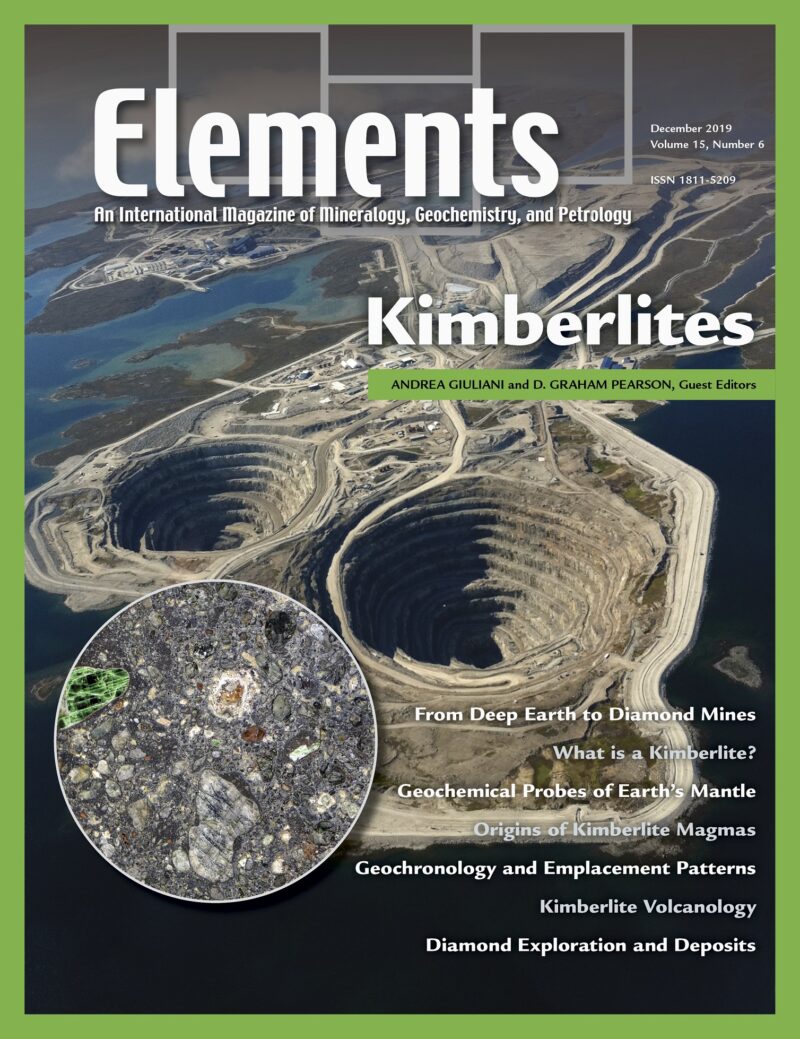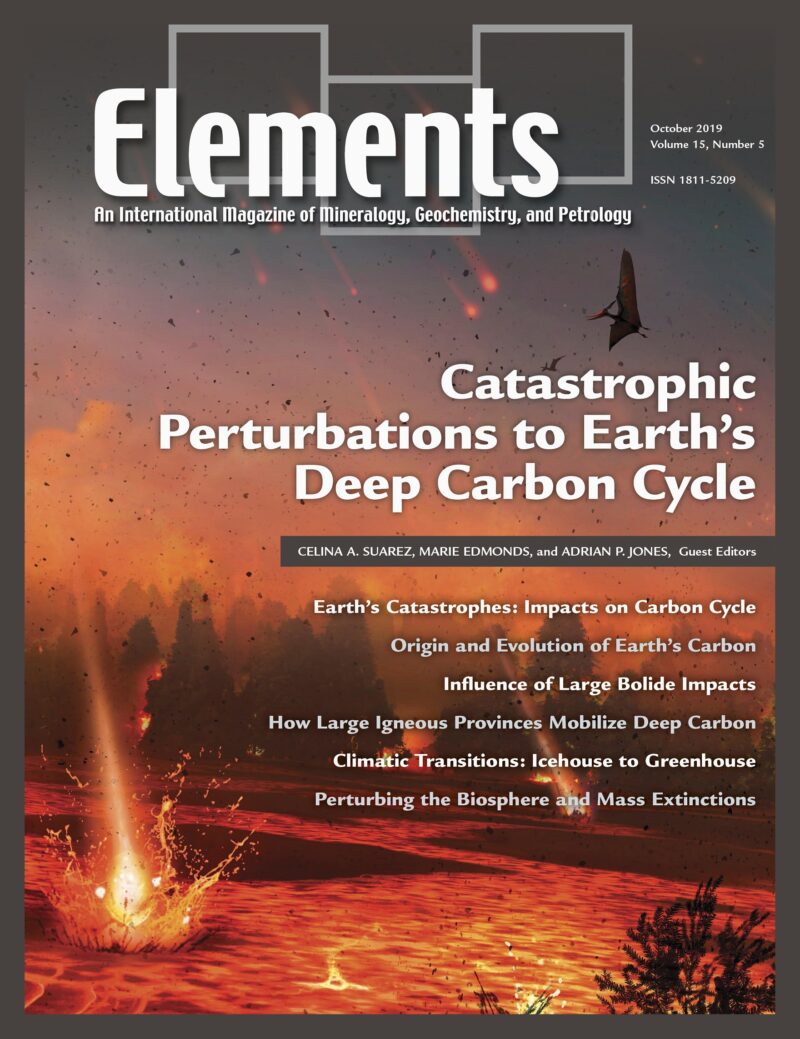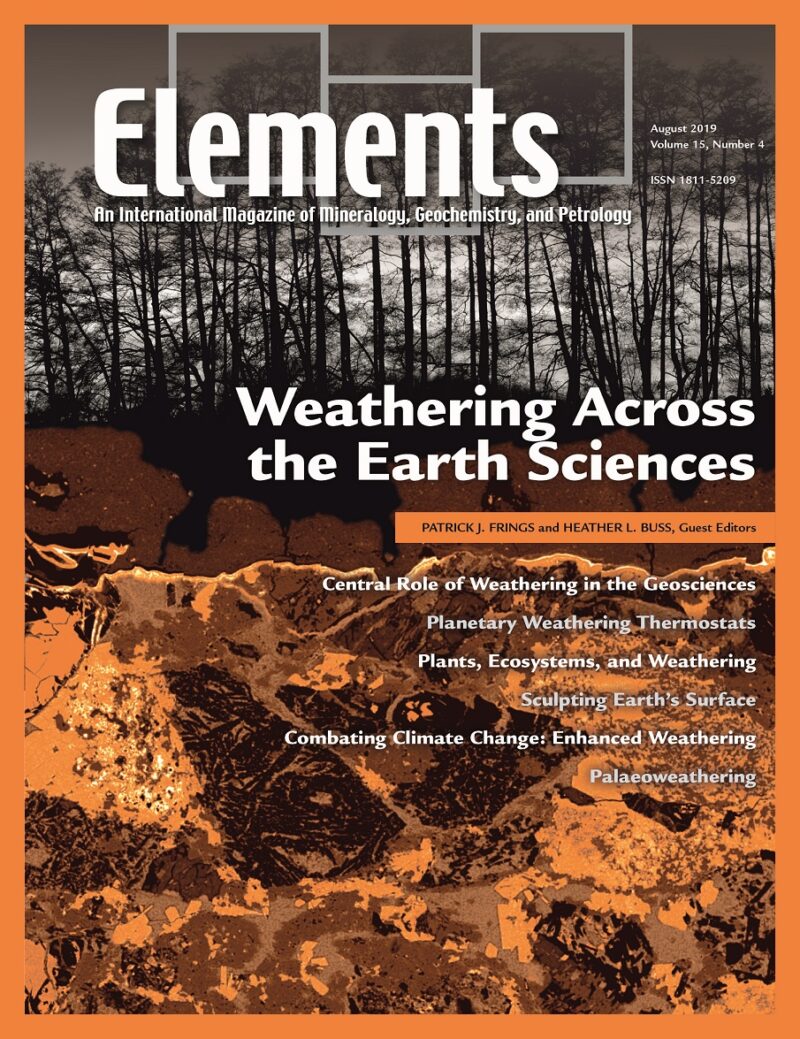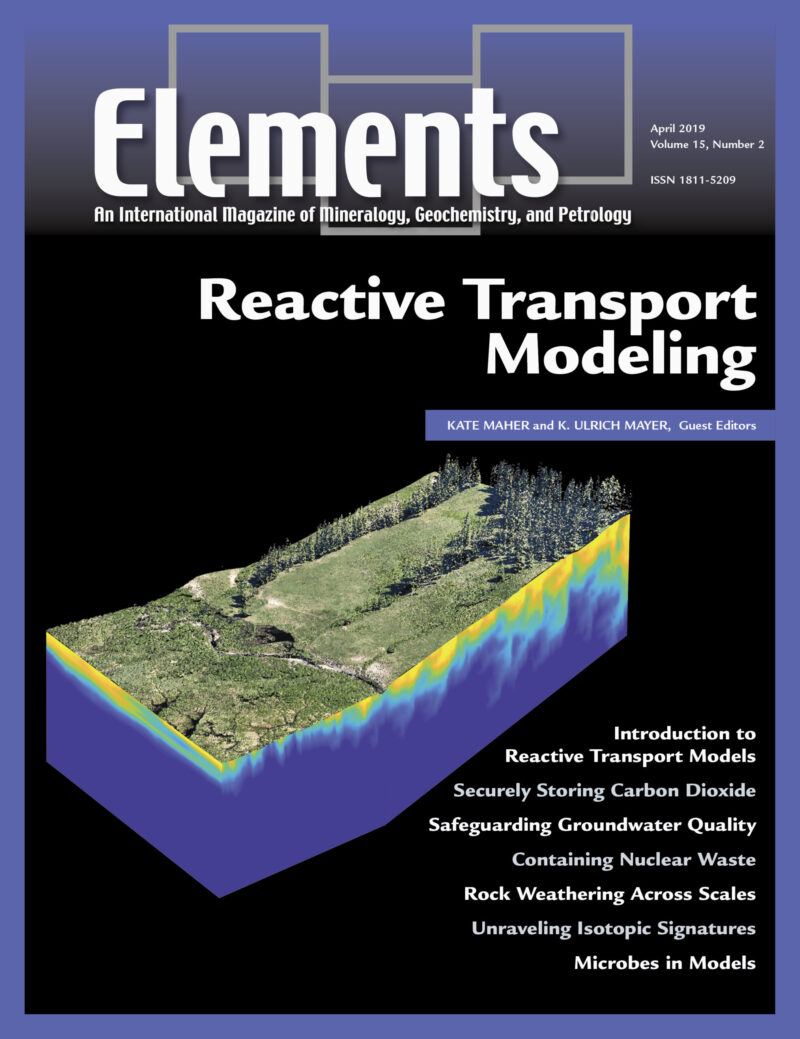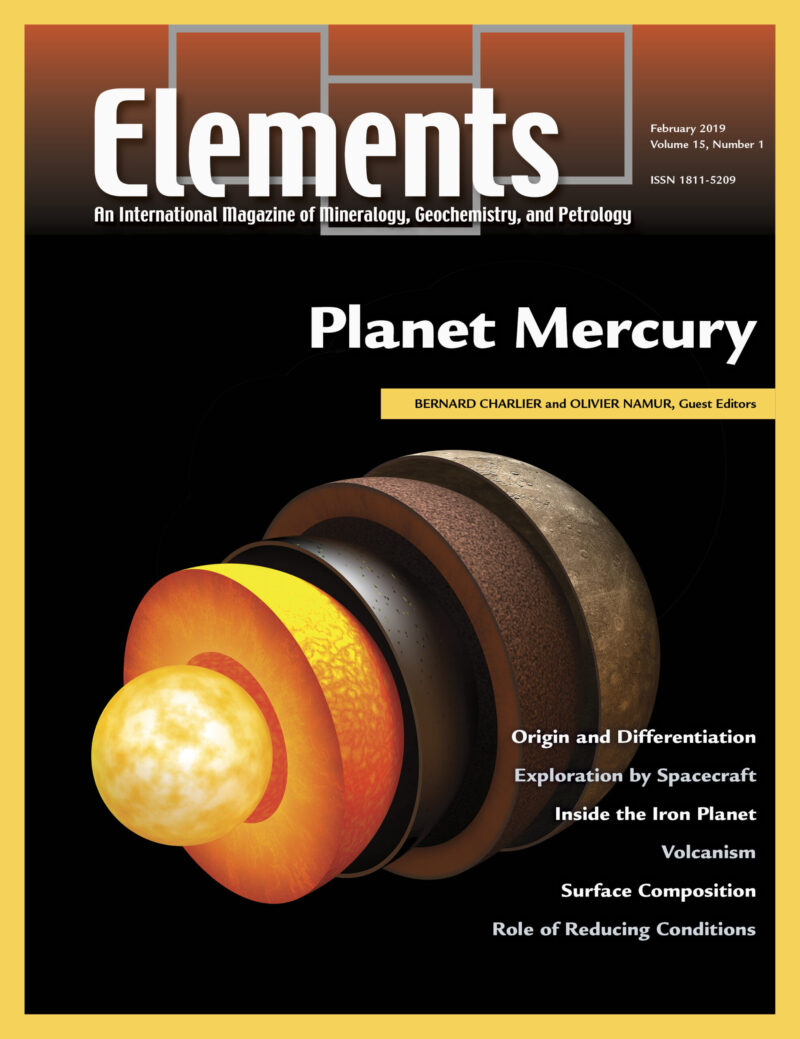-
Kimberlites, December 2019, Vol. 15, No. 6
$20.00Kimberlites are the most deeply derived of all volcanic rocks, as well as the host rock for most of the world’s diamond mines. Kimberlites, therefore, provide unique snap-shots of magma genesis and mantle evolution in the deep Earth well into the diamond stability field (>150 km and, potentially, >700 km).
-
Catastrophic Pertubations To Earth’s Deep Carbon Cycle, October 2019, Vol. 15, No. 5
$20.00Carbon is one of the most important elements on Earth. It is the basis of all life on the planet, is stored and mobilized throughout the Earth from core to crust, and is the basis of the energy sources that are so important to human civilization.
-
Weathering Across The Earth Sciences, August 2019, Vol. 15, No. 4
$20.00This issue highlights the integral role of weathering processes across a range of geoscience fields. Chemical weathering – the loss of mass by mineral dissolution and export – is key to understanding how Earth’s skin functions.
-
South Aegean Volcanic Arc, June 2019, Vol. 15, No. 3
$20.00The South Aegean Volcanic Arc lies at the intersection between Europe, Asia, and Africa, in the cradle of European civilization. Studies over the last decade have transformed our understanding of the arc: subduction architecture and back-arc geodynamics, genesis of the arc magmas, eruption chronology of the arc recorded in marine tephra archives, and hazards posed by eruptions and tsunamis.
-
Reactive Transport Modeling, April 2019, Vol. 15, No. 2
$20.00Reactive transport modeling, or computer simulations of the transfer of mass and energy through the subsurface, has become a central tool for understanding how Earth’s unique chemical environments are formed, how they function today, and how they might behave in the future. This process-based approach has enabled us to gain a new understanding of a diverse array of Earth processes, from biogeochemical cycles in marine sediments and the factors that control soil formation, to the evolution of contaminated groundwater systems and the engineered containment of nuclear waste.
-
Planet Mercury, February 2019, Vol. 15, No. 1
$20.00Mercury is unique amongst terrestrial planets because of its very high metal/ silicate ratio. The NASA MESSENGER mission ended in 2015 and significantly advanced our understanding of the deep structure of the planet as well as our comprehension of Mercury’s volcanic history and crust formation.

